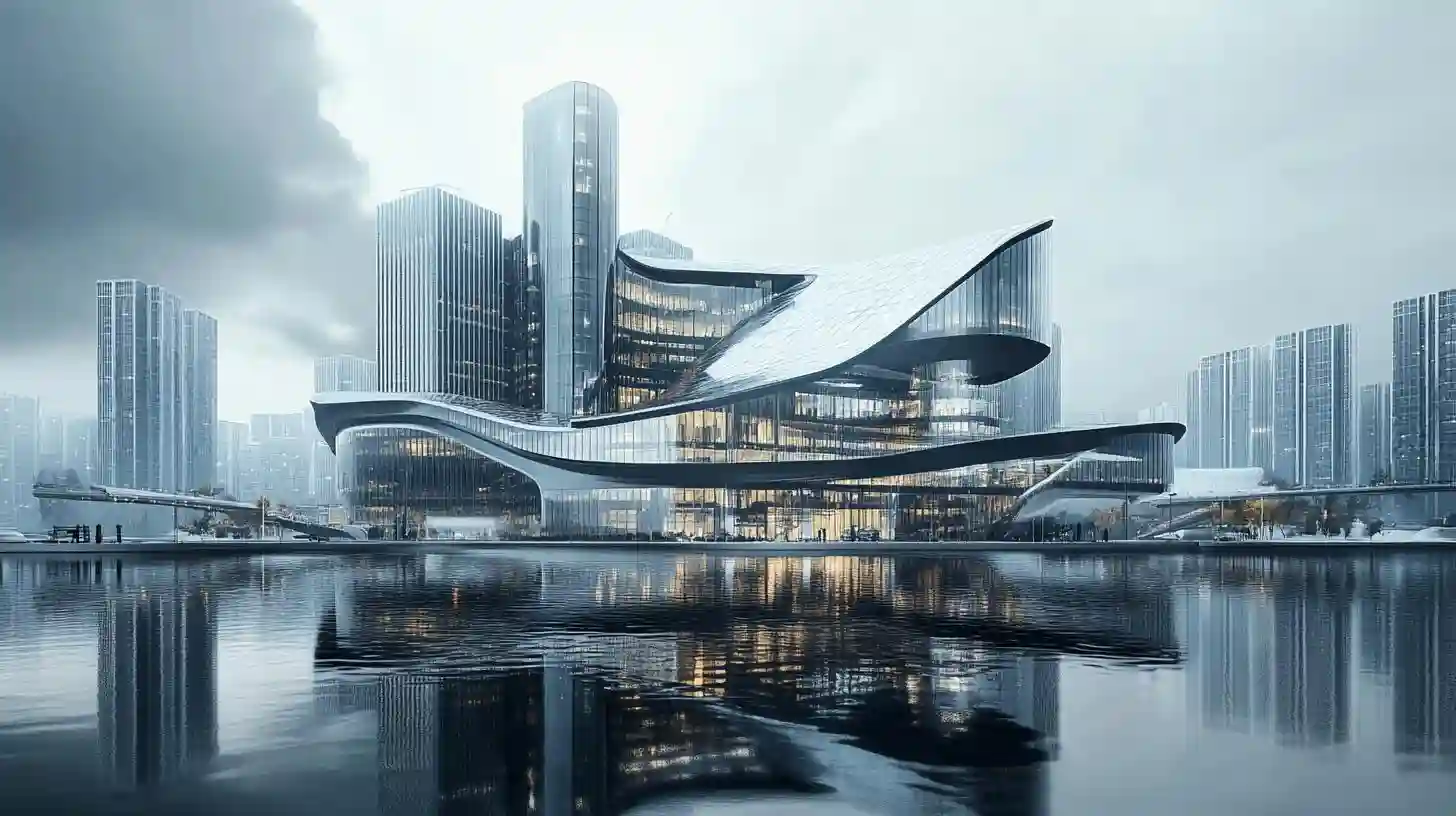
In recent years, urban skylines around the world have been transformed by eye-catching architectural designs that serve as landmarks and symbols of their respective cities. These innovations not only redefine city landscapes but also reflect cultural values, technological advancements, and shifting social dynamics. As urban areas become increasingly populated, the competition to stand out has spurred architects to push the boundaries of creativity and engineering, resulting in structures that capture the imagination of locals and tourists alike.
One of the defining features of modern architectural design is the integration of aesthetics and functionality. Many recent constructions prioritize not just the visual aspect but also environmental sustainability and practical usability. For instance, green buildings that incorporate solar panels and wind turbines are becoming more common, showcasing a contemporary approach that combines beauty and ecological responsibility. This trend reflects a growing awareness of climate change and the pressing need for urban spaces to address environmental issues while still offering visually stimulating architecture.
The use of technology has revolutionized the way buildings are designed and constructed. Advanced materials and building techniques enable architects to create complex geometries and innovative forms that were once unimaginable. Iconic structures such as twisting skyscrapers or dynamically shaped museums capture attention with their daring forms, while also making efficient use of space and light. Computer-aided design tools allow for intricate detailing and precision that enhance both beauty and functionality, demonstrating how technology can elevate art into architecture.
Cultural narratives also play a significant role in eye-catching designs. Many architects draw inspiration from local history, art, or traditions, integrating these elements into their structures. This practice not only pays homage to a city’s heritage but also creates a deeper connection between the inhabitants and their environment. Environments that resonate culturally offer a sense of identity and pride, making them more than just places to work or live, but also intricate parts of a collective urban tapestry.
The prominence of mixed-use developments is another trend reshaping urban landscapes. These multifunctional spaces are designed to bring together living, working, and recreational areas in a cohesive environment. Sleek residential towers that incorporate retail spaces and green parks are not just visually appealing but also foster community engagement. By creating environments where people can live, work, and socialize in close proximity, architects enhance the urban experience and contribute to a more vibrant city atmosphere.
Public art has also found its way into the fabric of urban architecture, inspiring a dialogue between the built environment and its inhabitants. Murals, sculptures, and installations integrated within architectural designs make public spaces more inviting and engaging. This not only amplifies the aesthetic appeal of urban areas but also instills a sense of pride among community members. When art and architecture intersect, the result is an enriched urban experience that promotes cultural exchange and communal bonding.
Globalization has led to an exchange of architectural ideas across borders. As cities compete for international visitors and investments, they often adopt global architectural trends while simultaneously infusing local elements. This blend of styles results in eclectic cityscapes, where towering glass edifices stand side by side with historical buildings. These contrasting designs tell a story of evolving urban environments that honor the past while simultaneously looking toward the future.
Moreover, the impact of social media cannot be underestimated in the realm of architecture. Many contemporary buildings are designed with the intention of becoming “Instagrammable,” with distinct features that encourage public interaction and sharing. Facades that engage with their surroundings and become backdrops for social media posts not only attract visitors but also create buzz around a city. Architects are increasingly aware of how their designs will be perceived visually in the digital realm, prompting them to create spaces that attract the lens of today’s photo-centric culture.
Urban planning continues to evolve, and with it, the architectural designs that shape our cities. Eye-catching designs are no longer just for the elite or high-profile projects. Increasingly, there is a push for inclusive architecture that considers the needs of diverse populations. Public spaces that are accessible and appealing to people of all ages and backgrounds foster community interaction and enhance the quality of urban life. As cities strive for inclusivity, the role of architecture in promoting social cohesion and well-being becomes ever more crucial.
As we look to the future, it is clear that eye-catching architectural designs will continue to play a vital role in shaping urban skylines. By blending innovative design with functionality, sustainability, and cultural significance, these structures serve not just as buildings, but as powerful symbols of human ingenuity and creativity. Each new addition to the skyline reflects a city’s unique narrative and aspirations, creating urban environments that captivate and inspire all who experience them.